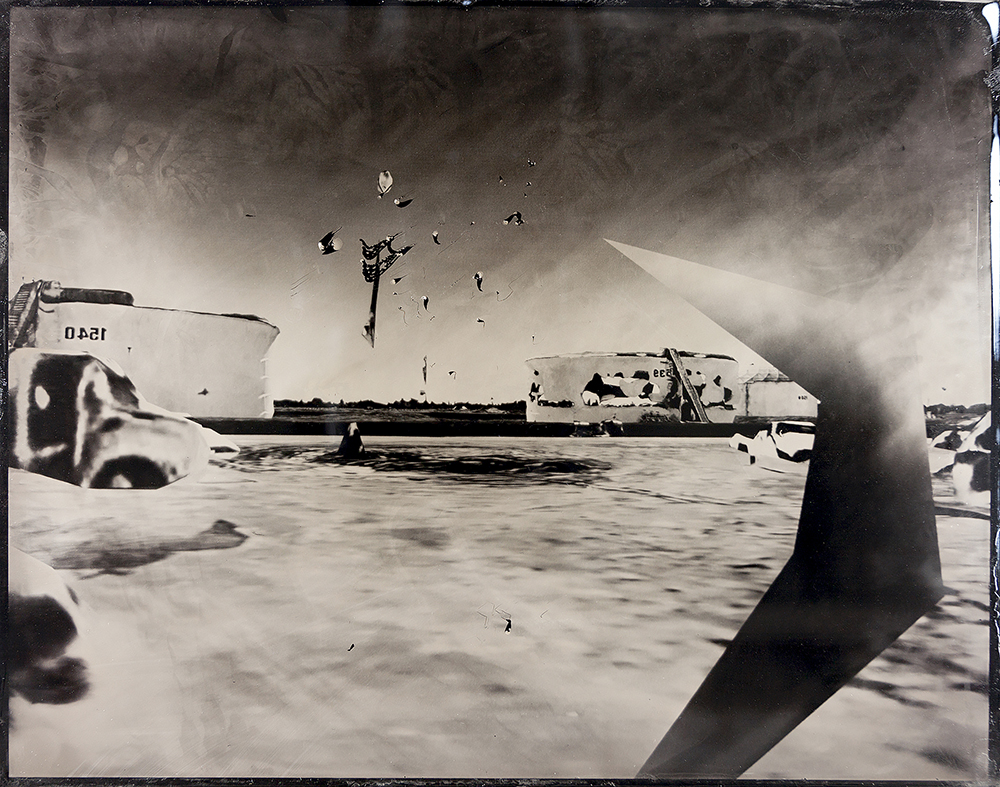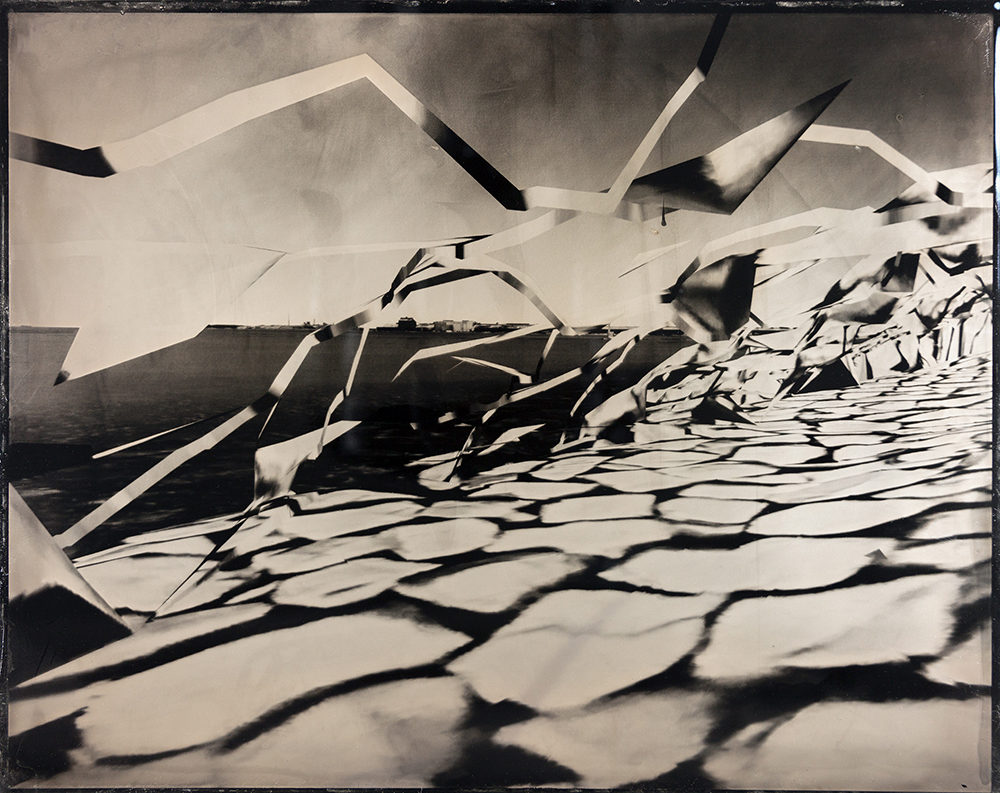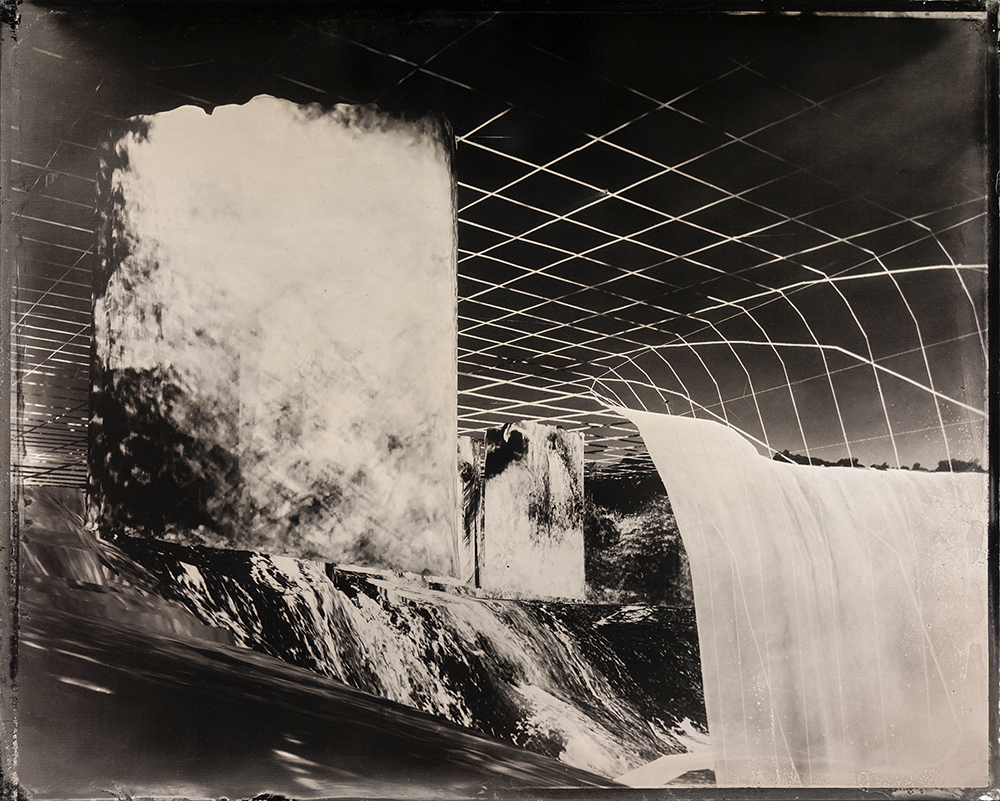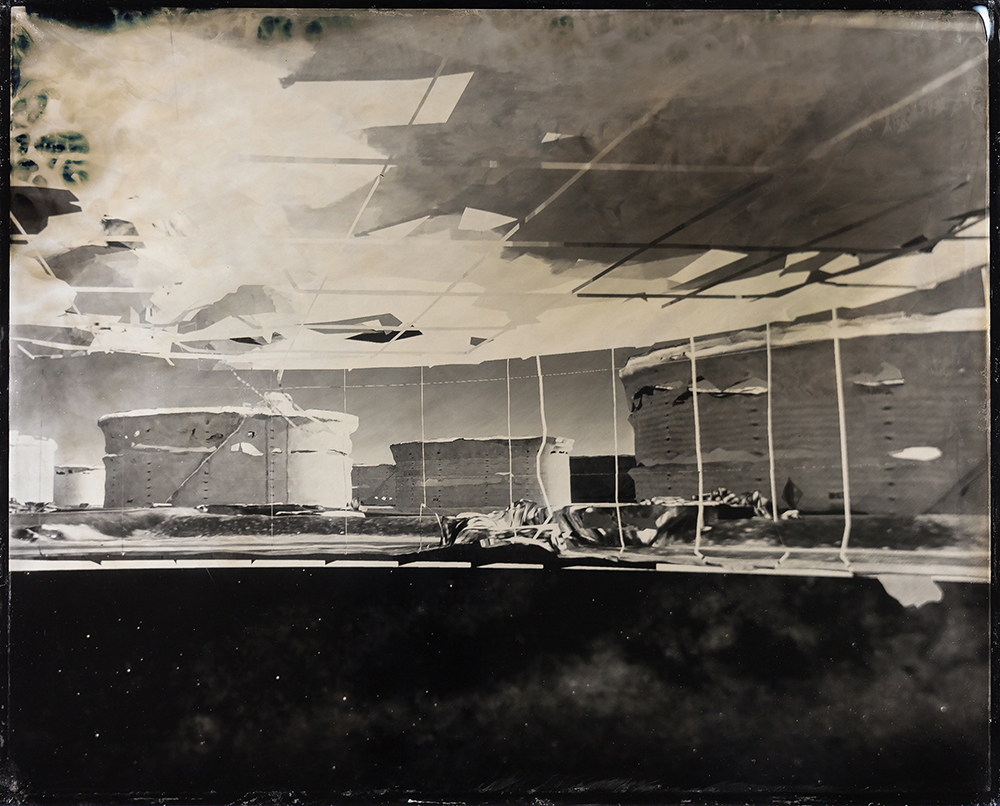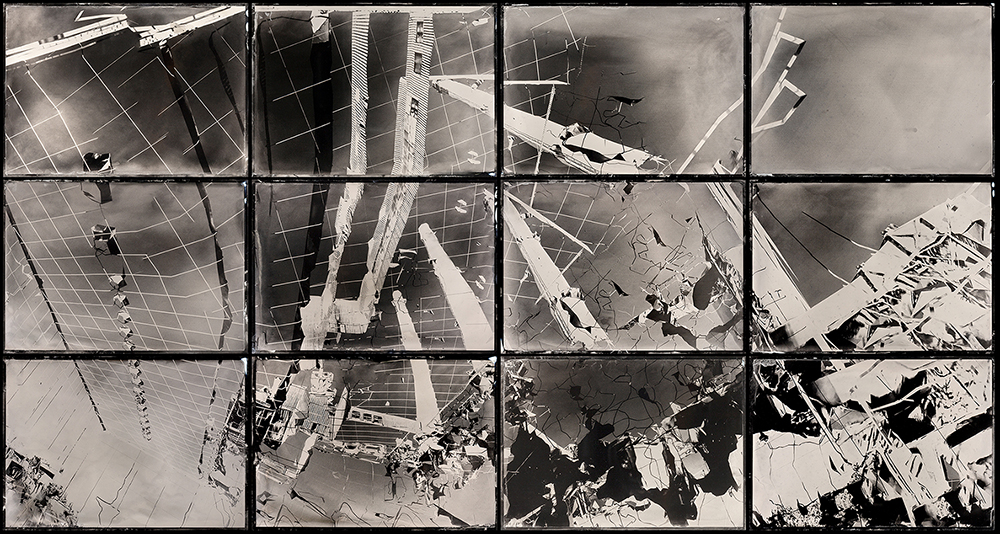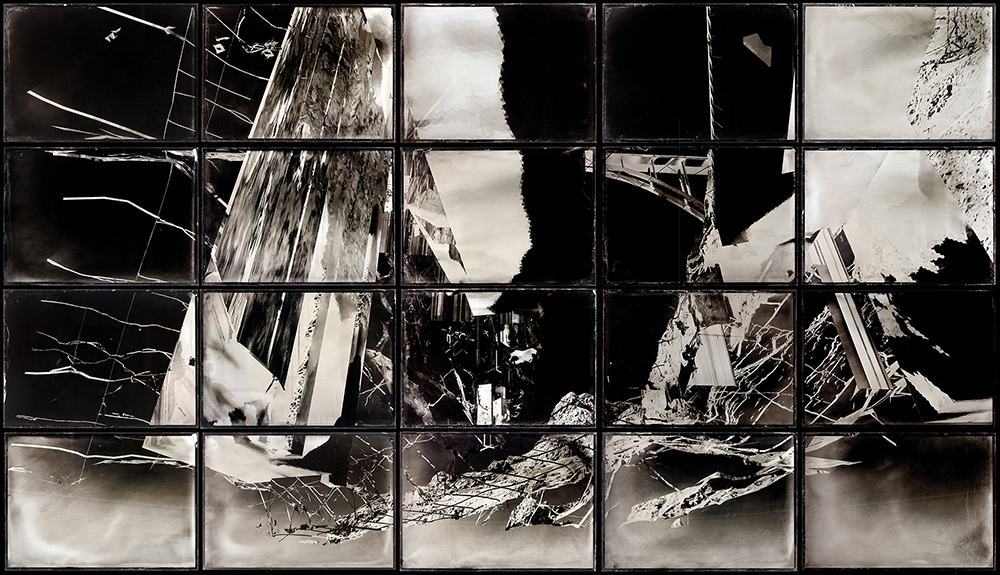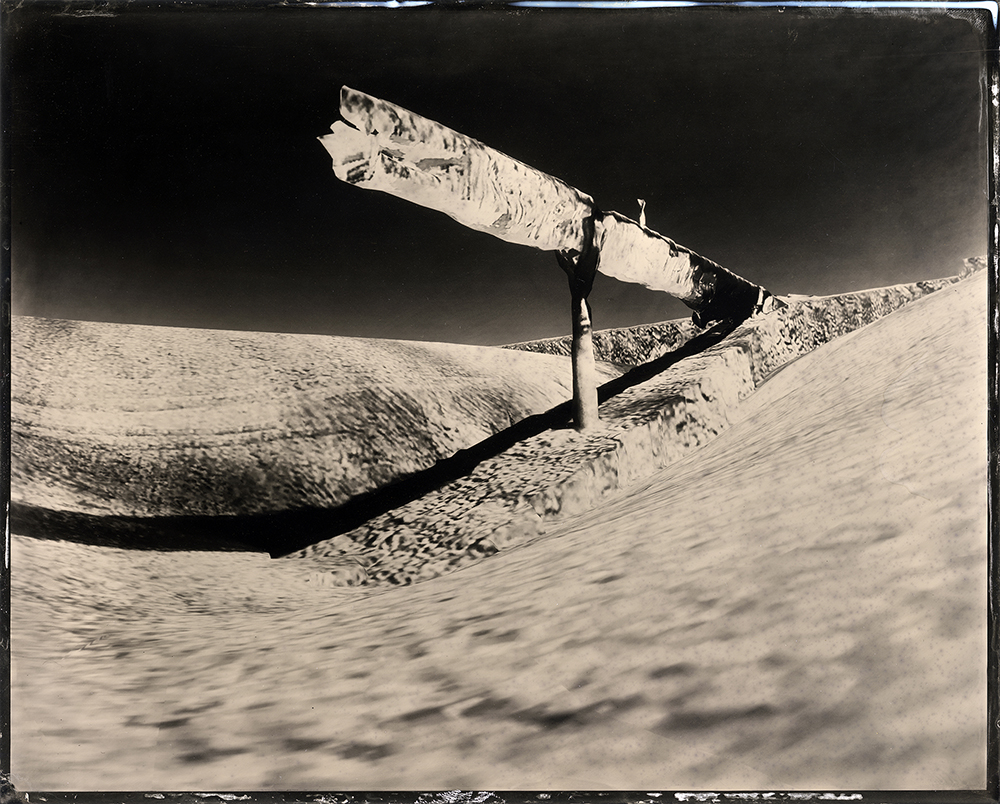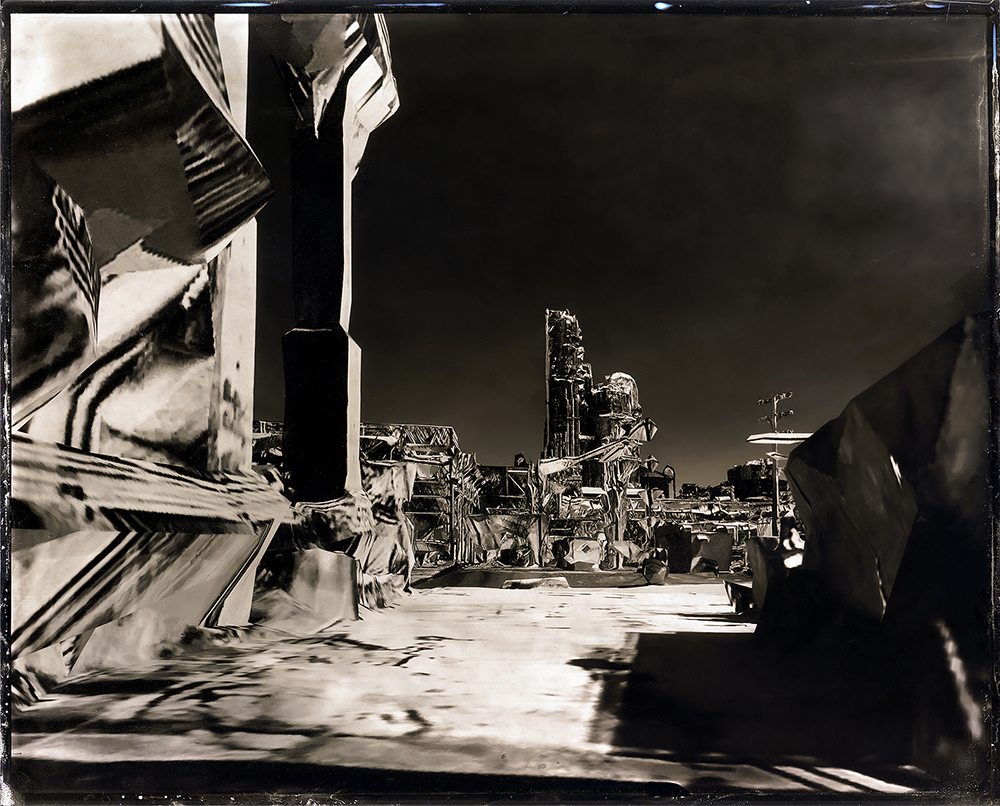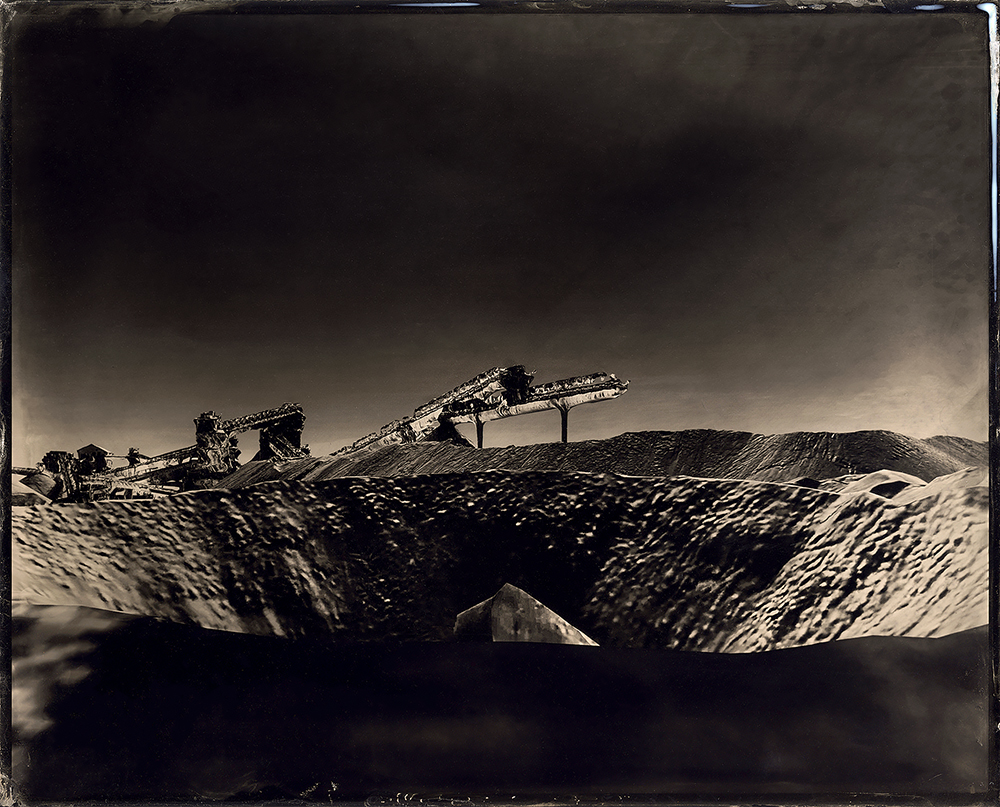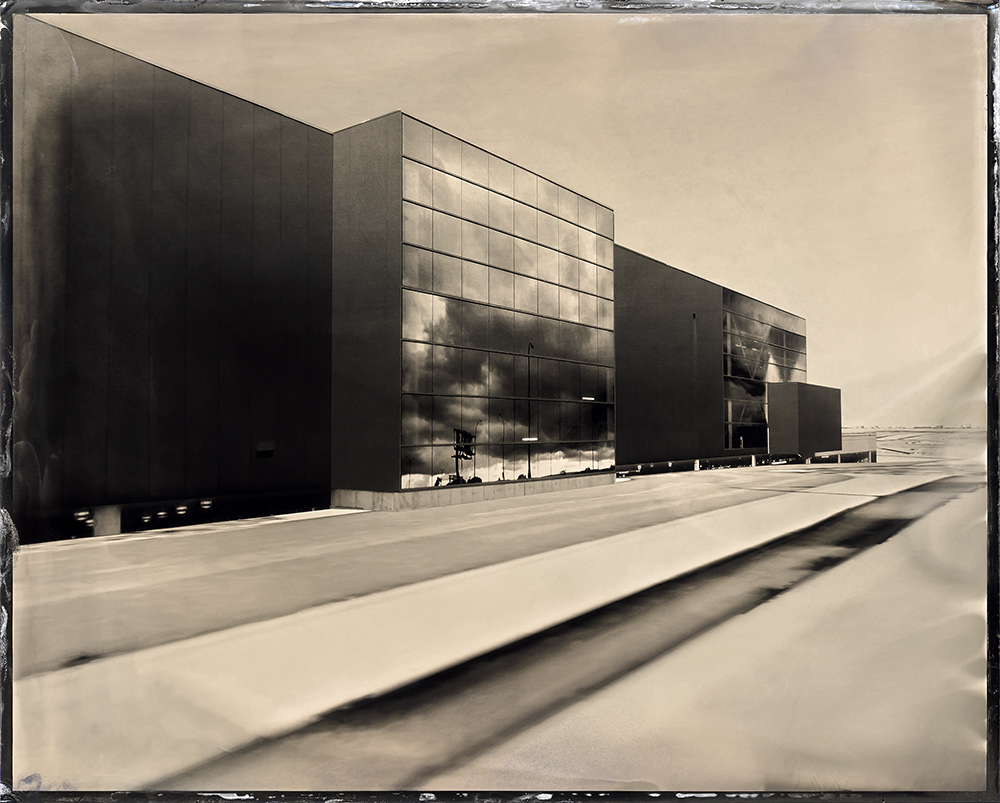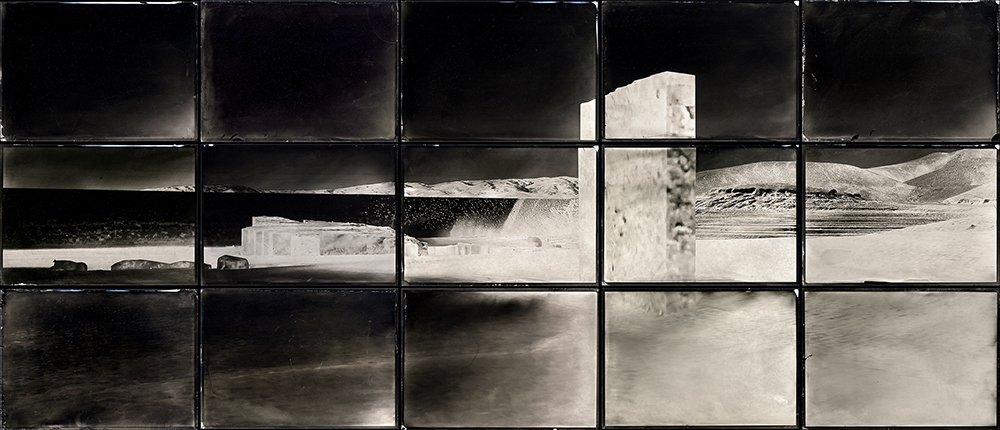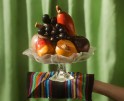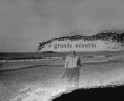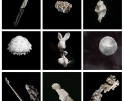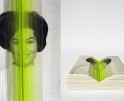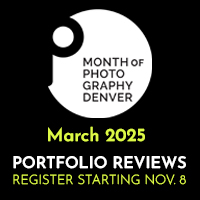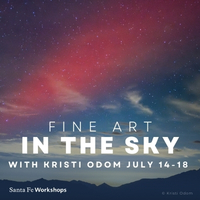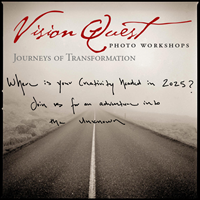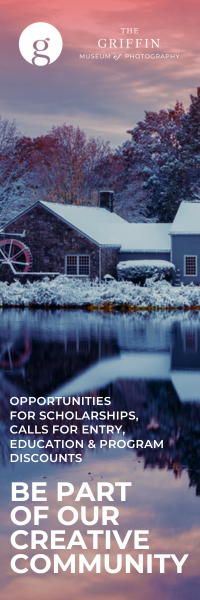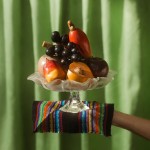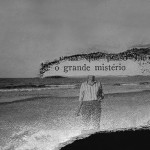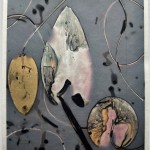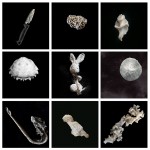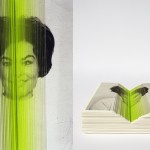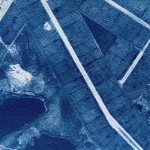Lisa di Donato: Ontic Glow
In Lisa di Donato’s series Ontic Glow, she explores Google Earth’s 3D software by scouring rarely visited sites and vast industrial spaces, searching for source materials for her tintype photographs. As a digital tourist, di Donato illuminates a false reality commodified by Google Earths unrelenting cataloging of the planet. The pervasiveness of surveillance software to map the entire earth allows little room for exploration of hidden or in-between places.
Di Donato positions the viewer on the periphery of reality; by using the language of antiquated photography, she evokes a nostalgia for a bleak, imagined future. Her images have experienced several iterations, from digital pixels to silver imagery, becoming something entirely new and tangible. The artifacts in her tintypes react with the imperfections in Google Earths software, rendering a liminal image of nowhere. In combining digital and historic analog processes, di Donato speaks to photography’s ever-present technological momentum and the connectivity between the medium and imagery.
A selection of di Donato’s work will be on view at ECOCA, New Haven starting June 11th. https://elycenter.org/embodied-knowledge
Google has reported that 98% of the world has been mapped by Google Earth, a program that overlays the Earth’s surface with imagery generated by photographic information collected by satellites and aircraft. Marketed as a new form of tourism through unrestricted movements bringing visitors closer to details and offering previously inaccessible vistas, a creeping sense of claustrophobia soon supplants the freedom found in Google Earth. When everything can be seen, what is there to dream of?
Ontic Glow combines two disparate technologies: the old mass-medium of tintypes with new mass-media imagery found in Google Earth’s 3D ground view. Photographs collected on “walks” as a digital tourist through surreal, panoramic industrial sites and remote spaces generated by algorithms are reproduced in tintypes’ tangible materiality. The irregularities inherent in the photograph’s physical chemistry interact with the accidents found in the digital digestion and projection of space. The tintype images raise and blur the distinction between the indexical photographic reproduction of reality and its generation of pictures without a discrete referent. Only traces of inhabitance appear in the intangible landscapes, as if the future had already been colonized and abandoned, reflecting on a naive nostalgia that really, no one has anymore.
In Google Earth, there exists a world so entirely mapped that only peripheral spaces not yet of a high enough fidelity for true commodification are the last refuge of the imagination. We ask Google to show us what to see before ever seeing it for ourselves so that by now everywhere is familiar but strange. The in-between spaces are fleeting, but reveal the memory of our memory of what the future should have been.
Working primarily with and through photography as a medium, tool, and language, I incorporate across historic and digital processes- diazo printing, cyanotypes, wet plate collodion process, and various types of expired instant films, exploring the material nature of image and image as material. Many of the resulting works have undergone interventions or translations, manually, digitally, or both, to become something wholly different from their origin. Architecture, landscape, and artifacts of various natures are her primary sites of investigation. Depicted as being no longer, nor have they become something else, yet, they are part of an endless process that manifests itself in unpredictable forms.
Lisa di Donato is a lens-based artist in New York.
Working primarily with and through photography as a medium, tool, and language, she explores the material nature of image and image as material. Through the incorporation of archaic, digital, and manual processes- diazo printing, cyanotypes, wet plate collodion process, hand-rendering, and various types of expired instant films, many of the resulting artworks have undergone interventions or translations to become something wholly different from their origin.
Architecture, landscape, anatomy, and artifacts of various natures are her primary sites of investigation. Depicted as being no longer, nor have they become something else, yet, they are part of a continuous artistic and existential process that manifests in unpredictable forms realized with a certain autonomy from any previously known thing. They and she operate in the in-between of the two-dimensional and three-dimensional, light and lightless, the representational and nonrepresentational, and limits and limitlessness. All of this attends to an ongoing fascination with the complexities of becoming, experience, perception and reality.
She studied Painting at the Rhode Island School of Design, receiving her Bachelor of Fine Arts. She is a 2022 NYSCA/NYFA Artist Fellow in Photography and a 2021 CFEVA Visual Artist Fellow finalist. Recent work includes installation and public art, including Breathing Staircases at MEET Digital Culture Centre, Milano, with the artist group One&Seven, 2022; and The Makeable Mind, Noorderlicht Festival (NL) in 2021. She has been featured in the Urbanautica (IT), Der Greif (DE) and New Observations (US) journals.
Follow Lisa di Donato on Instagram: @lisa.n.di.donato
Posts on Lenscratch may not be reproduced without the permission of the Lenscratch staff and the photographer.
Recommended
-
Dominique Muñoz: Denis Roussel Annual FellowshipDecember 30th, 2024
-
Carolina Krieger: The intertwining of the abyssDecember 28th, 2024
-
Teri Figliuzzi: GatheringDecember 25th, 2024
-
Anne Eder: The SeerDecember 14th, 2024
-
Bootsy Holler: ContaminatedDecember 10th, 2024

